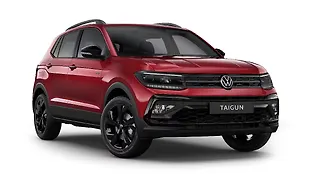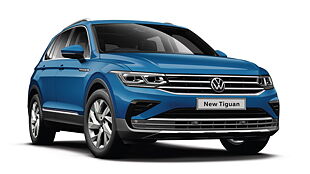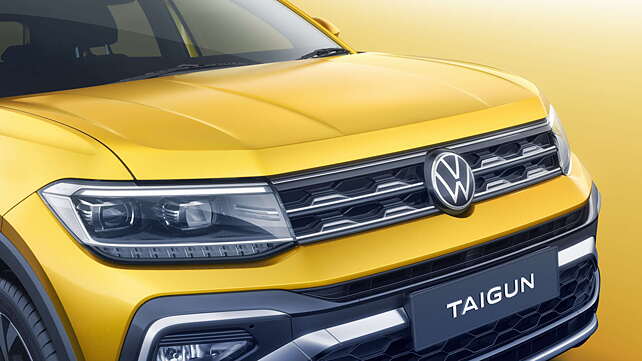
German car manufacturer, Volkswagen had revealed its plans in 2018 to upgrade to the next phase after establishing itself as a premium vehicle brand in India. Dubbed as the Volkswagen 2.0, the future strategy was betting big on the new MQB-AO-IN platform, which is specifically developed for the Indian market. The Volkswagen Taigun is based on the new MQB-AO-IN platform with over 90 per cent localisation.
The Volkswagen Taigun concept was first showcased at the 2014 Auto Expo. Back then, the Taigun was the company’s take on the crossover segment and had planned to take on the likes of the Ford EcoSport and other upcoming models from existing car manufacturers in the country.
Moving up in time, Volkswagen globally unveiled the near-production ready model of the upcoming Taigun SUV at the 2020 Auto Expo. This model looks modern and sportier as compared to the 2014 concept version, and it now draws much of its design from the international-spec T-Cross. One year later, Volkswagen has finally showcased the production-ready model. Interestingly, the only visible difference is that the production-ready model features 17-inch wheels, while the concept received 19-inch wheels. Additionally, the concept also featured decals on the C-pillar, which we believe might be offered with the 1.5-litre TSI engine option.
While there is no major design difference between the globally unveiled 2020 concept and the recently showcased production-ready model, the change is significant when compared to the 2014 concept. Read below to learn more about the key differences between the 2014 Taigun concept and the soon to be launched production-ready model –
Design
The new model has undeniably lost the boxy proportions as compared to the concept version from the 2014 Auto Expo. The sleek grille with honeycomb mesh pattern features triple chrome slats, while the concept featured a wider and modest two-slat grille. The relatively simple bumper in the concept is now replaced by a dual-tone bumper with wide air vents in the lower half and a thick chrome insert that runs through the width of the bumper and tapers around the fog-lamps.

The wheel arches and the cladding are more proportionate as compared to the concept version and now get sharp cuts and creases all around as compared to relatively bland side profile in the concept version. Additionally, the production-ready model offers body-coloured handles for the rear door and rides on 17-inch diamond cut dual-tone alloy wheels that complement the overall aesthetics. The rectangular ORVMs in the concept have now been replaced by aerodynamic body-coloured ORVMs with turn indicators.

As for the rear, the Taigun features eye-catching LED tail lamps that run across the boot line with the Volkswagen emblem in the centre. The vehicle gets a shorter tapered windscreen at the rear featuring a large rear spoiler and a wiper. The production-ready model features the ‘Taigun’ badging on the tailgate. The concept version featured independent rectangular-shaped taillamps along with spare wheel mounted on the tailgate.
Interior and safety

As seen in the 2020 pre-production model, the Taigun will feature modern elements. The production-ready model will get a contrast interior colour option with a no fuss-cabin layout. The dashboard will feature a large touchscreen with Connectivity Suite for security and vehicle usage diagnosis. Additional feature highlights include a multi-function steering wheel, digital instrument cluster and automatic climate control. The Taigun will also offer generous and usable boot as compared to its rivals in the segment.

The production-ready model will offer up to six airbags and tyre pressure monitor. The standard safety feature list will include ESC, hill hold control, rain and light sensor, cruise control and more. The higher variants will additionally offer numerous assistance systems.
Engine
Under the hood, the Volkswagen Taigun is expected to be offered in two petrol engine options - a 1.0-litre TSI and a 1.5-litre TSI. The 1.0-litre, three-cylinder engine can be had with either six-speed manual transmission or a six-speed automatic option to produce 115bhp and 175Nm of torque, while the bigger 1.5-litre, four-cylinder unit will produce 150bhp and 250Nm of torque. The bigger four-cylinder unit will be available with a six-speed manual and a seven-speed DSG automatic option.

![Volkswagen Taigun [2021-2023] Image Volkswagen Taigun [2021-2023] Image](https://imgd.aeplcdn.com/272x153/n/cw/ec/45057/taigun-exterior-right-front-three-quarter-2.jpeg?q=80)
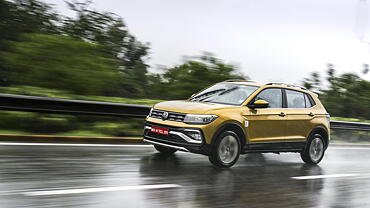
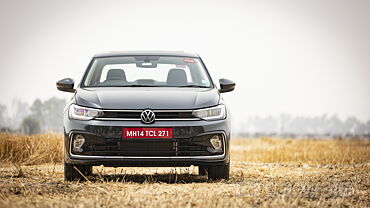
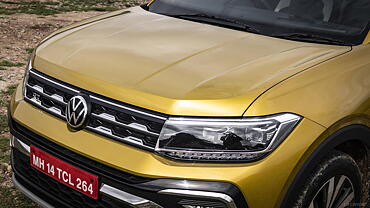






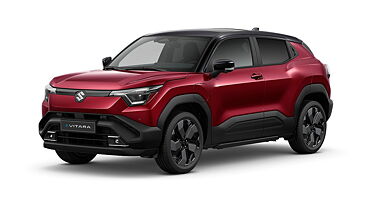


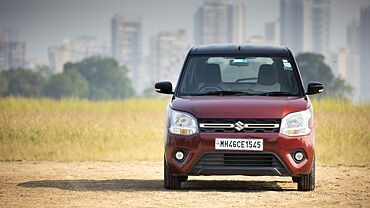
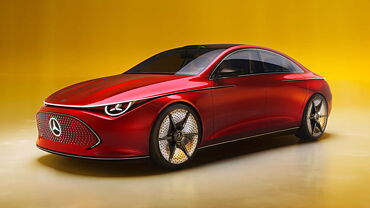
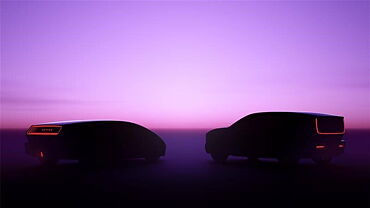
![Volkswagen Taigun [2021-2023] Right Front Three Quarter Volkswagen Taigun [2021-2023] Right Front Three Quarter](https://imgd.aeplcdn.com/199x112/n/cw/ec/45057/taigun-exterior-right-front-three-quarter-2.jpeg?q=80)
![Volkswagen Taigun [2021-2023] Right Front Three Quarter Volkswagen Taigun [2021-2023] Right Front Three Quarter](https://imgd.aeplcdn.com/199x112/n/cw/ec/45057/taigun-exterior-right-front-three-quarter-6.jpeg?isig=0&q=80)
![Volkswagen Taigun [2021-2023] Right Side View Volkswagen Taigun [2021-2023] Right Side View](https://imgd.aeplcdn.com/199x112/n/cw/ec/45057/taigun-exterior-right-side-view.jpeg?isig=0&q=80)
![Volkswagen Taigun [2021-2023] Dashboard Volkswagen Taigun [2021-2023] Dashboard](https://imgd.aeplcdn.com/199x112/n/cw/ec/45057/taigun-interior-dashboard.jpeg?isig=0&q=80)
![Volkswagen Taigun [2021-2023] Steering Wheel Volkswagen Taigun [2021-2023] Steering Wheel](https://imgd.aeplcdn.com/468x263/n/cw/ec/45057/taigun-interior-steering-wheel.jpeg?isig=0&q=80)



























